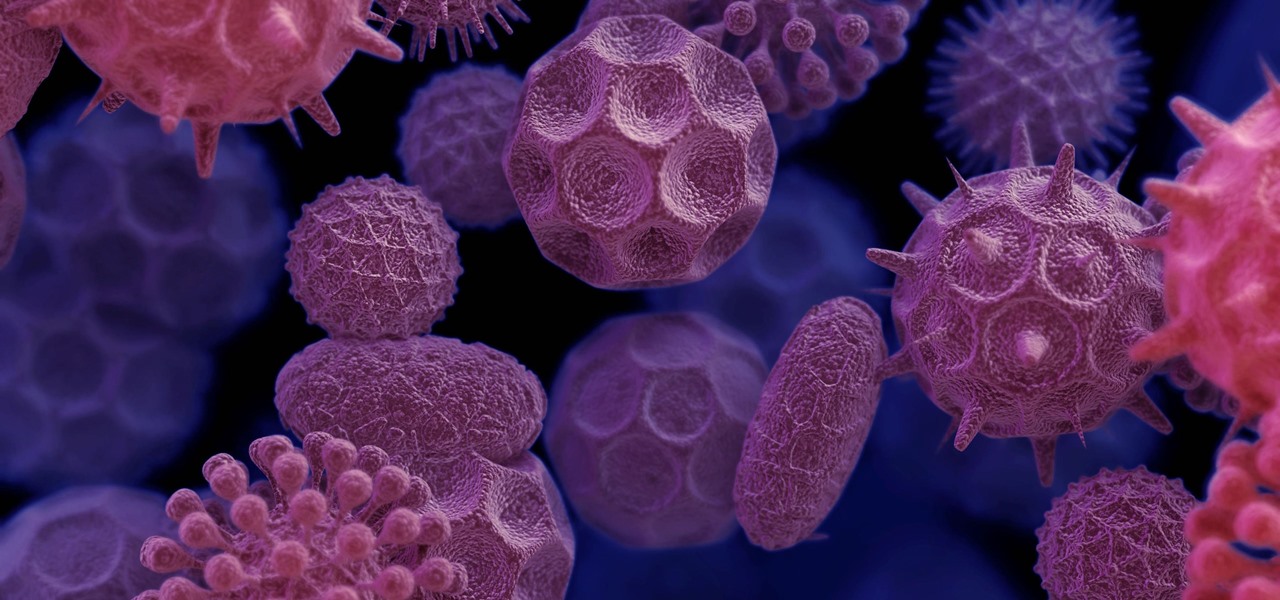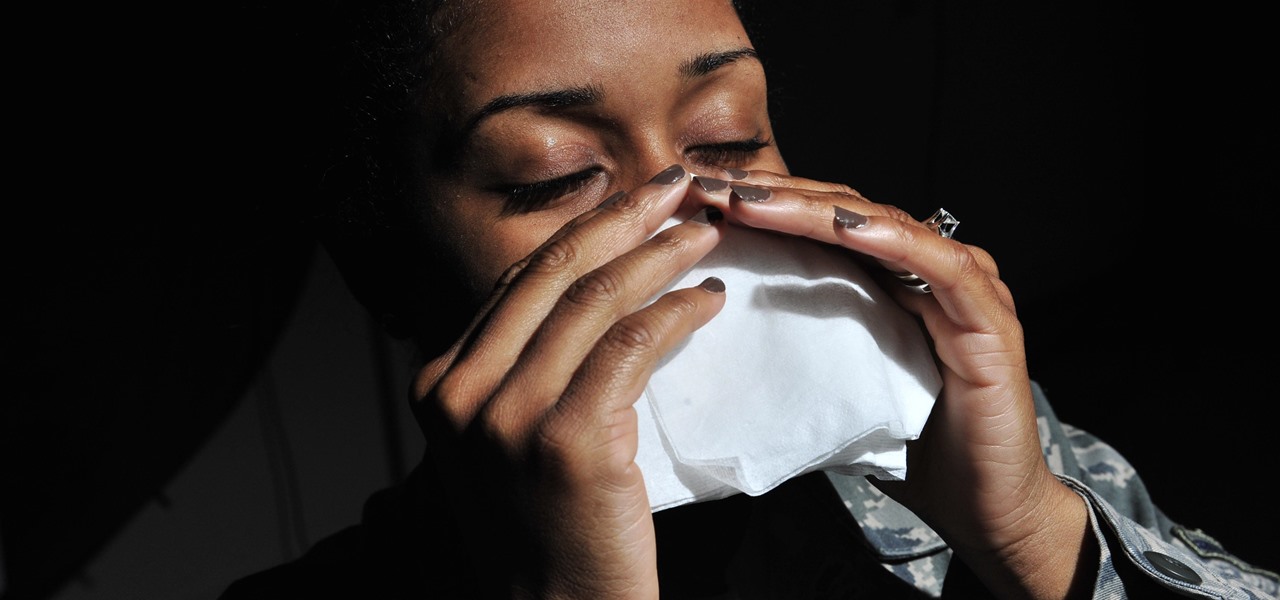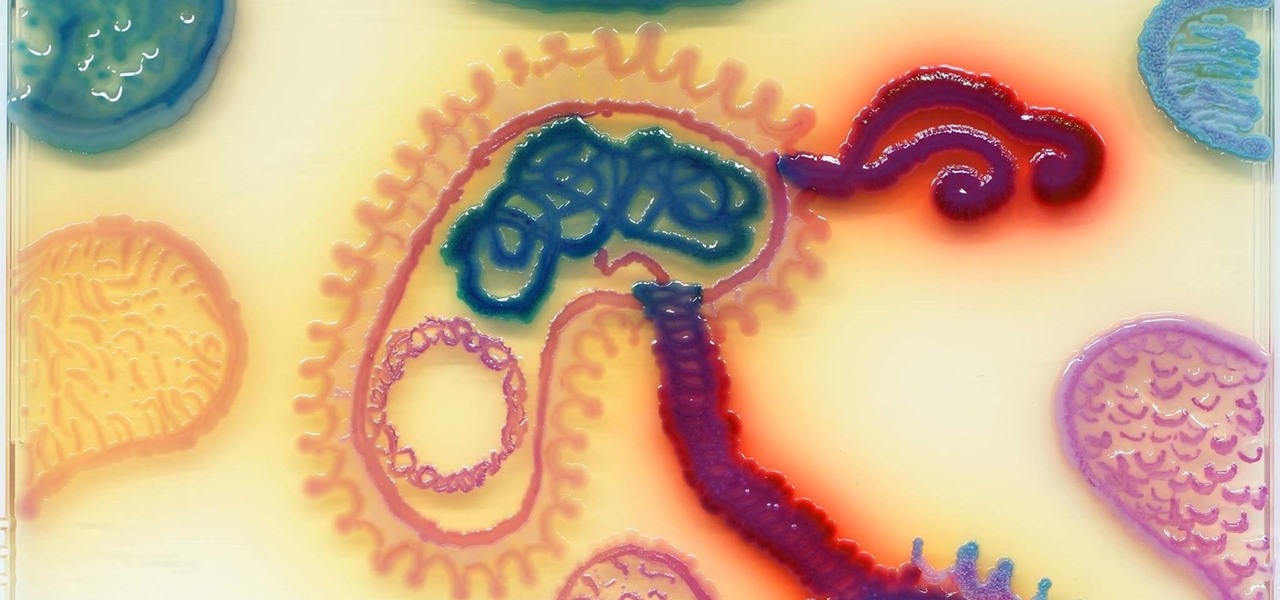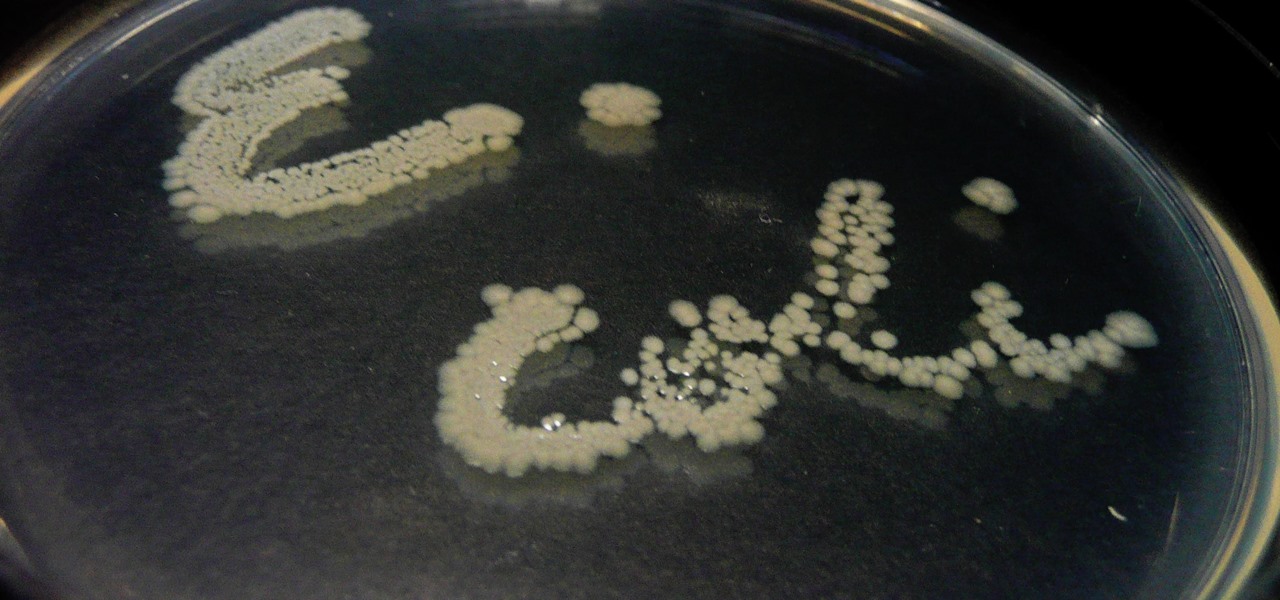Invisiverse Features

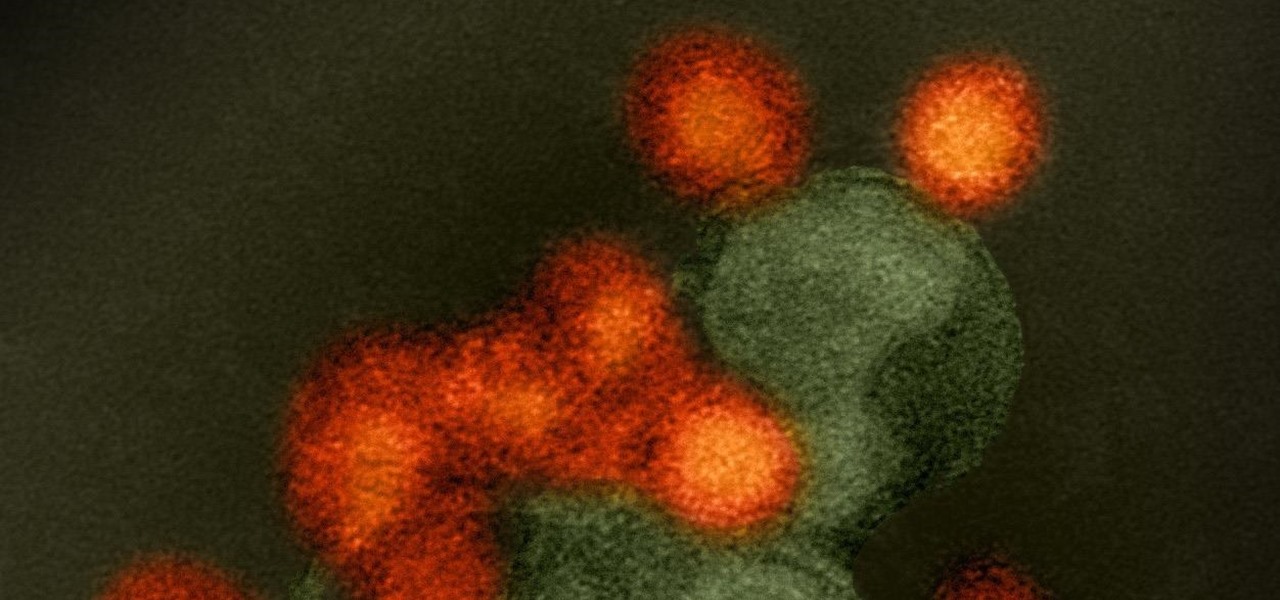
News: Vaginal Probiotics Could Slow Zika & Other STD Infections
We might think of Zika as a mosquito-borne virus that effects developing fetuses, but, it also can be passed through sex by either a man or a woman, just like herpes and other STD viruses. New research has shown that vaginal bacteria can inhibit sexually transmitted Zika virus and Herpes Simplex Virus-2 in women.
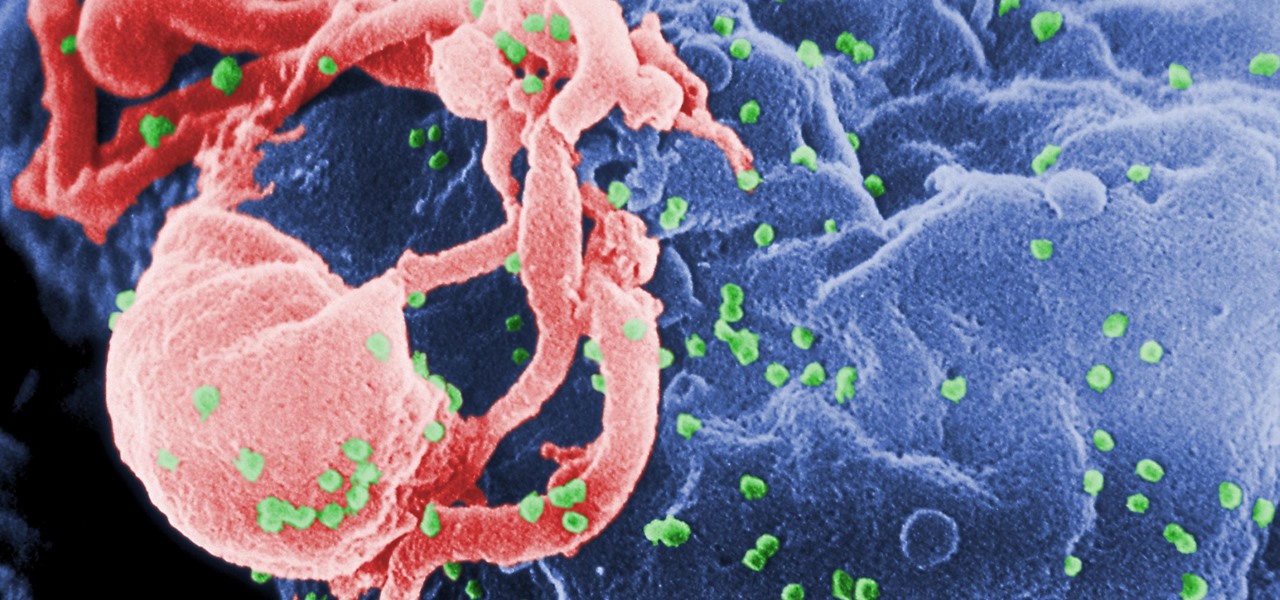
News: Taking Genetic Scissors to Infected Cells Could Cure HIV
Being infected with HIV means a lifetime of antiviral therapy. We can control the infection with those drugs, but we haven't been able to cure people by ridding the body completely of the virus. But thanks to a new study published in Molecular Therapy by scientists at the Lewis Katz School of Medicine (LKSOM) at Temple University and the University of Pittsburgh, all that may change.
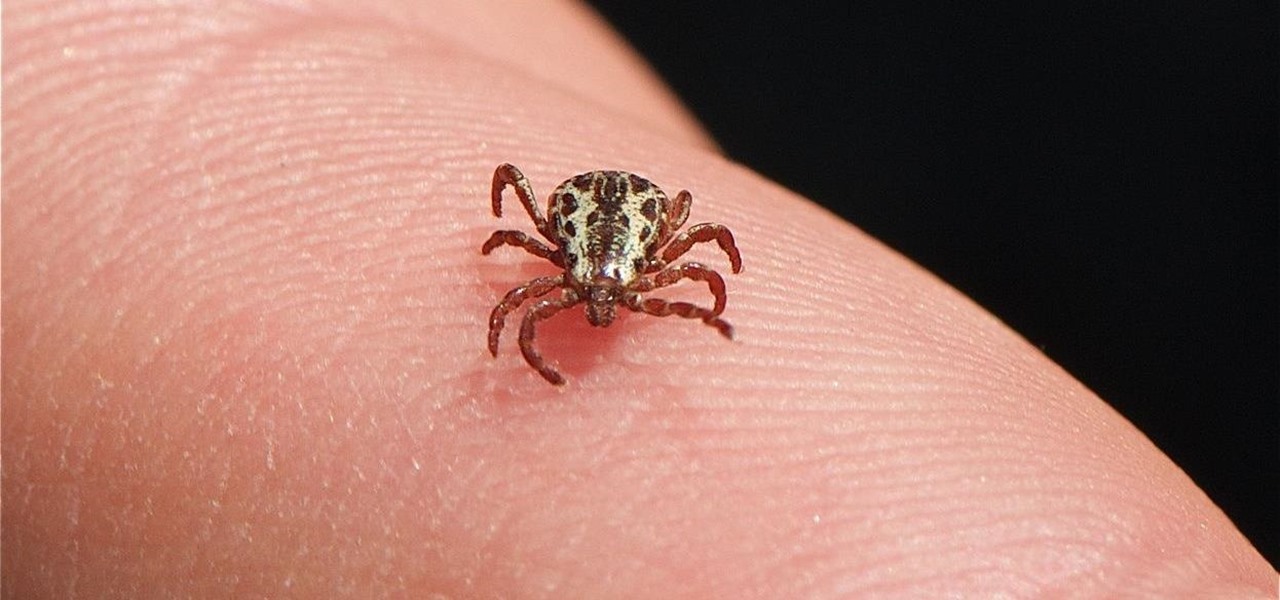
News: Infant in Connecticut Infected with Rare Disease Spread by Ticks
When you think ticks, one of the first things to come to mind is Lyme disease. However, as terrible as Lyme disease is, there's another threat from ticks rising in rank in Connecticut and the Northeast — one that is spreading and that hospitals are not prepared for — the Powassan virus.

News: Cats May Drive You Crazy, but They Won't Make You Mentally Ill
Even if your cat drives you a little nuts, don't worry, because a new study says that cats pose no risk to your mental health.

News: Dogs Provide Surprising Benefit to Infants' Gut Bacteria
For many of us, pets are important family members. They give us loyalty, companionship, and comfort. Now, researchers have given us another reason to welcome them into the family: Babies from families with furry pets — the majority of which were dogs — had higher levels of two types of beneficial gut bacteria.
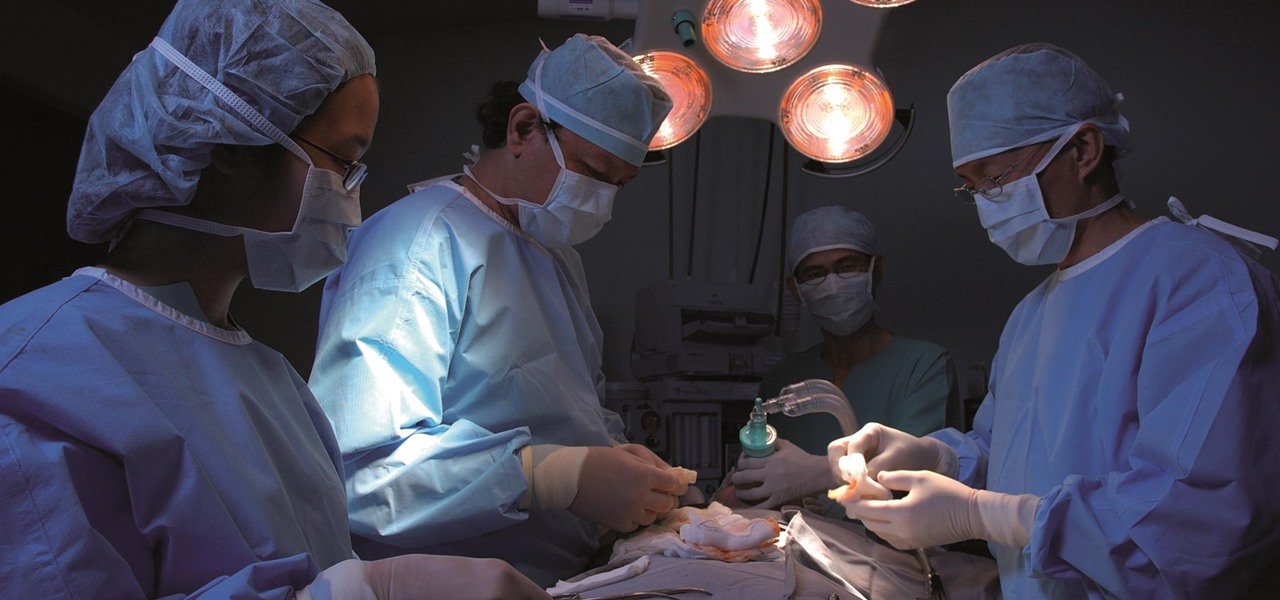
News: Doctors Are Saving Lives by Giving People Hep C Infected Kidneys
Dramatic new research may change the fate of the hundreds of people who wait for a kidney transplant every year. The study hinged on the ability to cure hepatitis C infections, a possibility that became a reality in 2014.

News: First Effective Vaccine Against Gonorrhea Reduces Infection Rate by 31% — by Accident
Sex makes the world go 'round, and when it does, so does gonorrhea. Finally some good news on the growing menace of drug-resistant gonorrhea — a large, long-term study shows a vaccine may work in reducing the incidence of an increasingly dangerous infection.
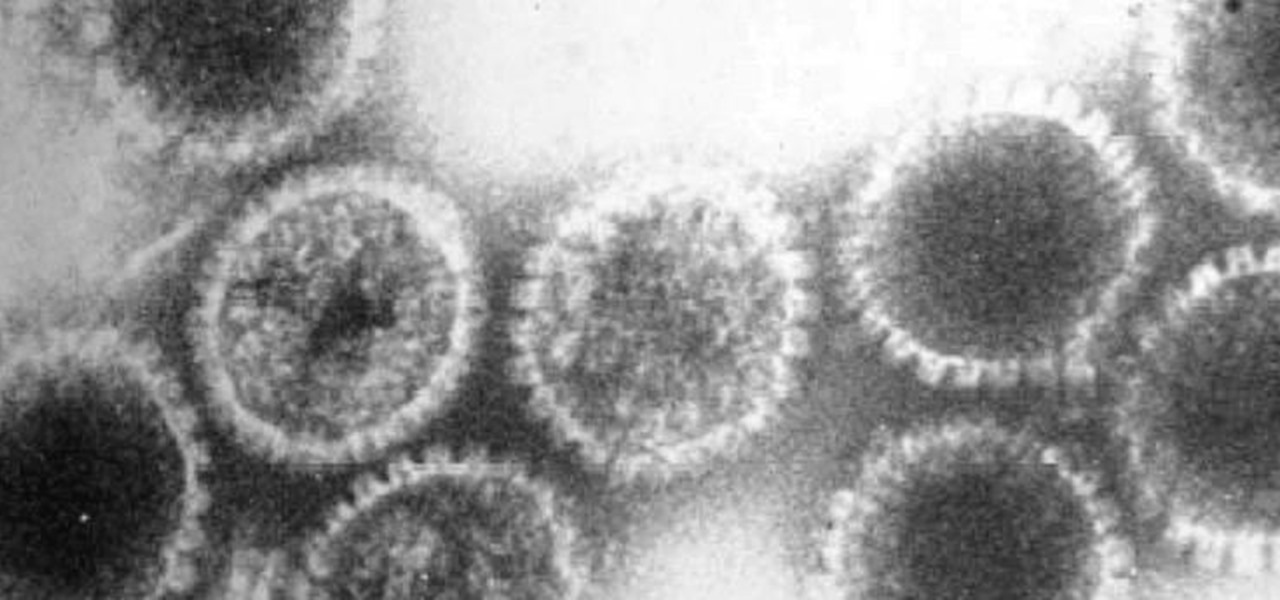
News: A New Set of Cancer Drugs May Work Against Viruses, Too
How can a drug used to treat cancer be effective against viruses, too? The answer lies in the drug's shared target — specifically, cellular components that control the activity of genes. A new research study showed that one such type of drug, histone methyltransferase inhibitors used in cancer clinical trials, has activity against herpes simplex virus, too.

News: Sponge Bacteria Clean Heavy Metals & Toxins Like Arsenic from Water, Saving Turtles & Humans Alike
Arsenic occurs naturally in the environment, but it is also one of the most commonly found heavy metals in wastewater, deposited there by inappropriate disposal and arsenical pesticides, for example.
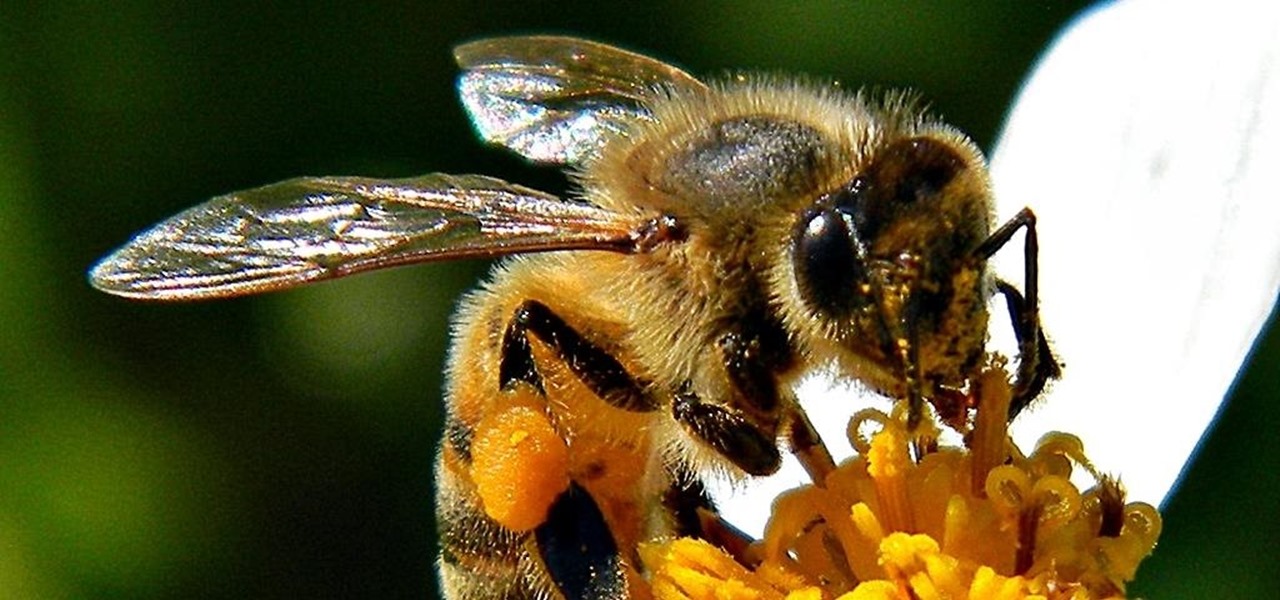
News: Even Bees Need Probiotics Now
Most people are familiar with the decline of honeybee colonies around the world. Among other threats, Colony Collapse Disorder (CCD) is eroding the capability of honeybees to maintain their hives and provide their services to human farmers.
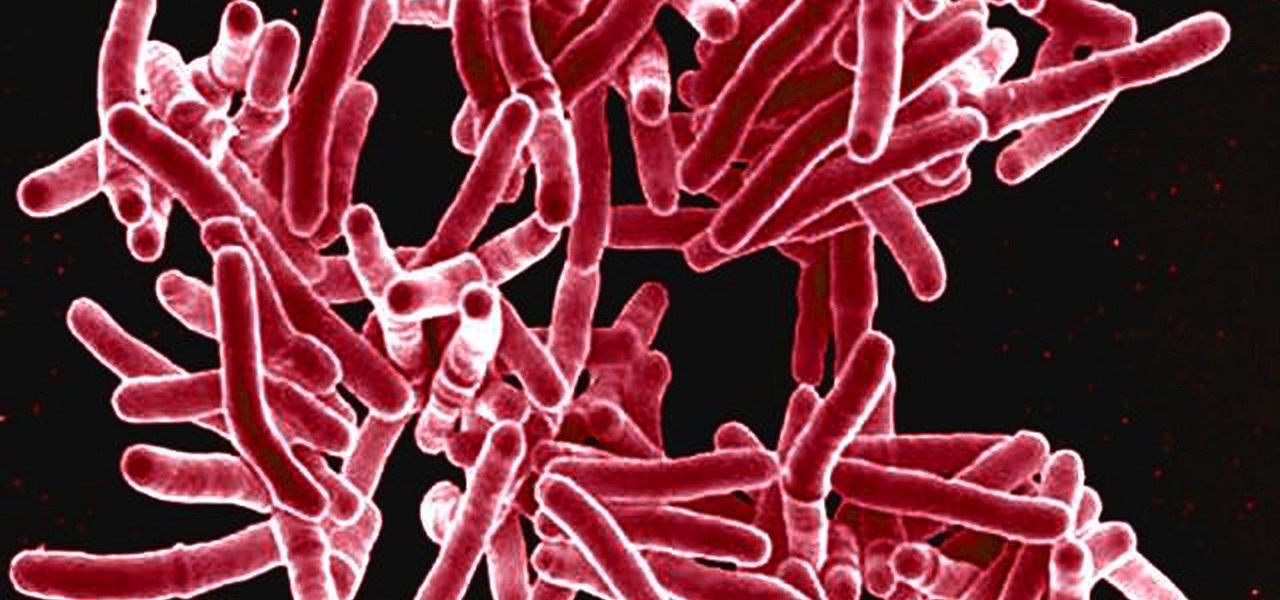
News: Natural Antibiotic from Cystic Fibrosis Patient Knocks Out TB
A promising new antibiotic has been discovered in, of all things, another bacteria. Burkholderia bacteria live in diverse habitats, including soil, plants, and humans where they thrive by knocking out other microbes that compete with them for resources or threaten their existence. Scientists have discovered they accomplish this by producing a very effective antibiotic.

News: Teeny Sponges Being Created to Float in Your Blood, Sop Up Bacterial Toxin & Prevent Flesh-Eating Disease
It's not the bacteria itself that takes lives and limbs during invasive flesh-eating bacteria infections. It's the toxins secreted by the group A Streptococcus bacteria invading the body that causes the most damage.
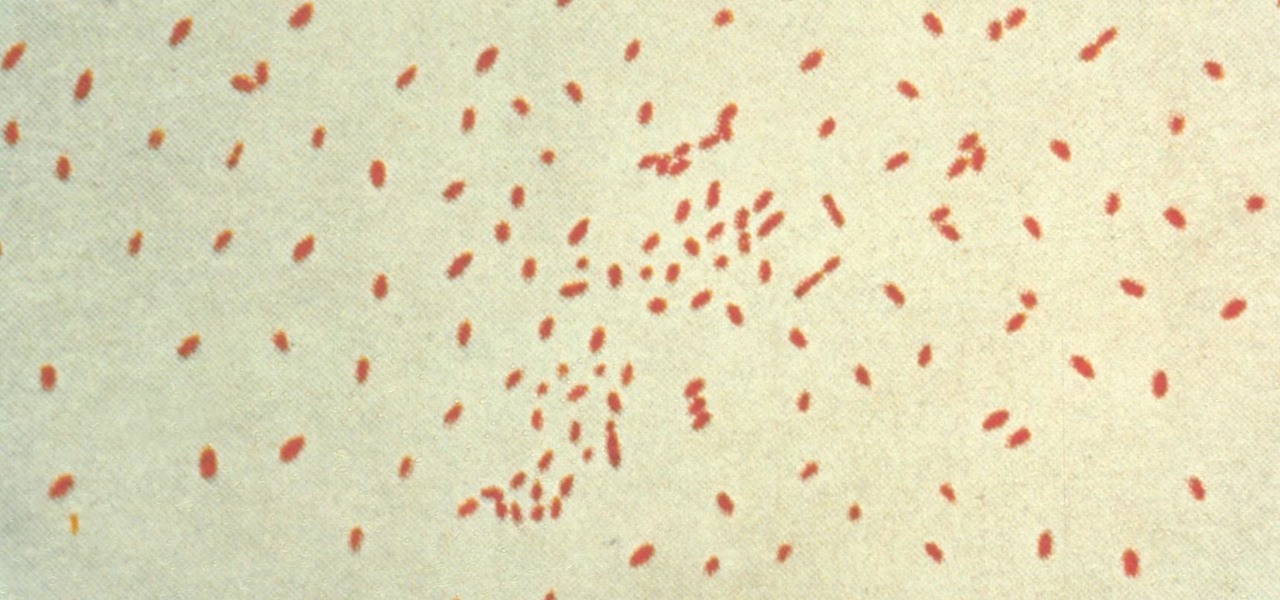
News: Pertussis Booster During Pregnancy Helps Protect Babies Too Young for Vaccination
Pertussis, or whooping cough, is a highly contagious disease that can be life-threatening for young children. New research backs a recommendation that all pregnant women receive a pertussis booster with each pregnancy, as it can help their infants fight off the infection.
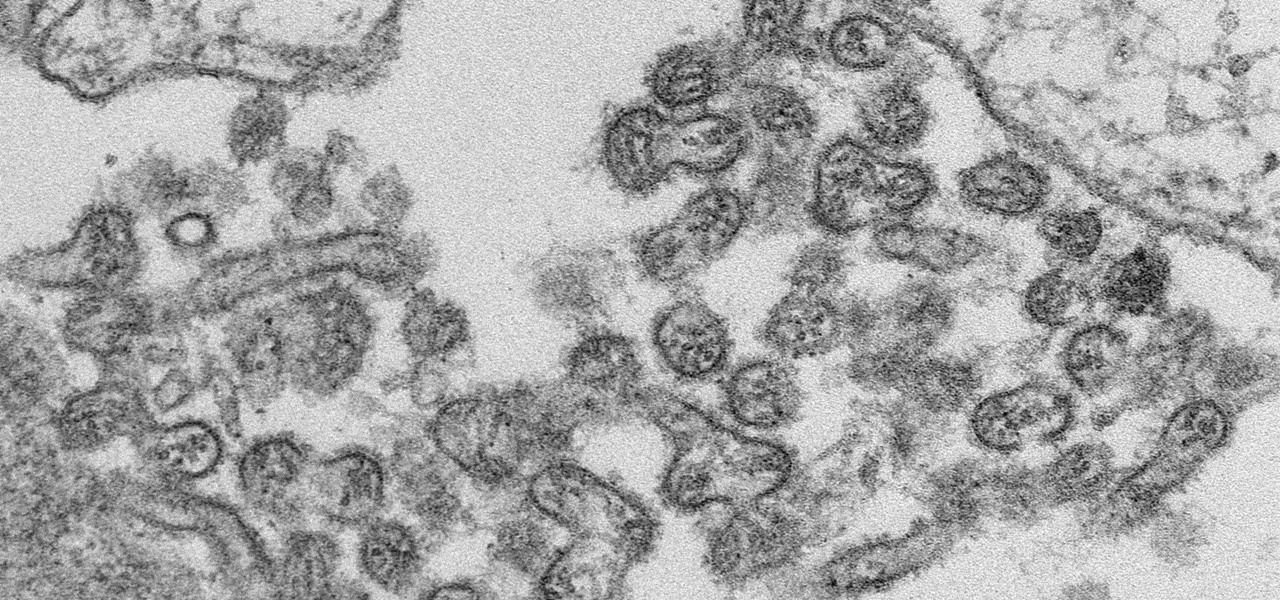
News: New Case of Mysterious Bourbon Virus in Missouri
A new case of the still-mysterious Bourbon virus was confirmed in Missouri, likely originating within the state, local authorities said in a June 30 press release.

News: Yellow Fever Outbreak Rears Its Ugly Head in Brazilian Cities, Killing Dozens
Yellow fever has emerged again in Brazil, causing death and disease to people unprepared for this mosquito-borne illness.

News: How a Vaccine Could Protect Florida's Orange Trees
A disease called "citrus greening" has devastated and permanently altered citrus production in the United States, but a vaccine that could protect orange trees may be part of a winning strategy to beat the bacteria that is killing the trees.

News: Scientists Turn Bacteria into Mini Cyborg Solar Panels
Plants all around us capture sunlight every day and convert it to energy, making them a model of solar energy production. And while the energy they make may serve the needs of a plant, the process isn't efficient enough to generate power on a larger scale. So, scientists from the University of California found a way to treat bacteria with chemicals that turned them into photosynthesis machines, capable of generating products we can convert into food, fuels, and plastics.
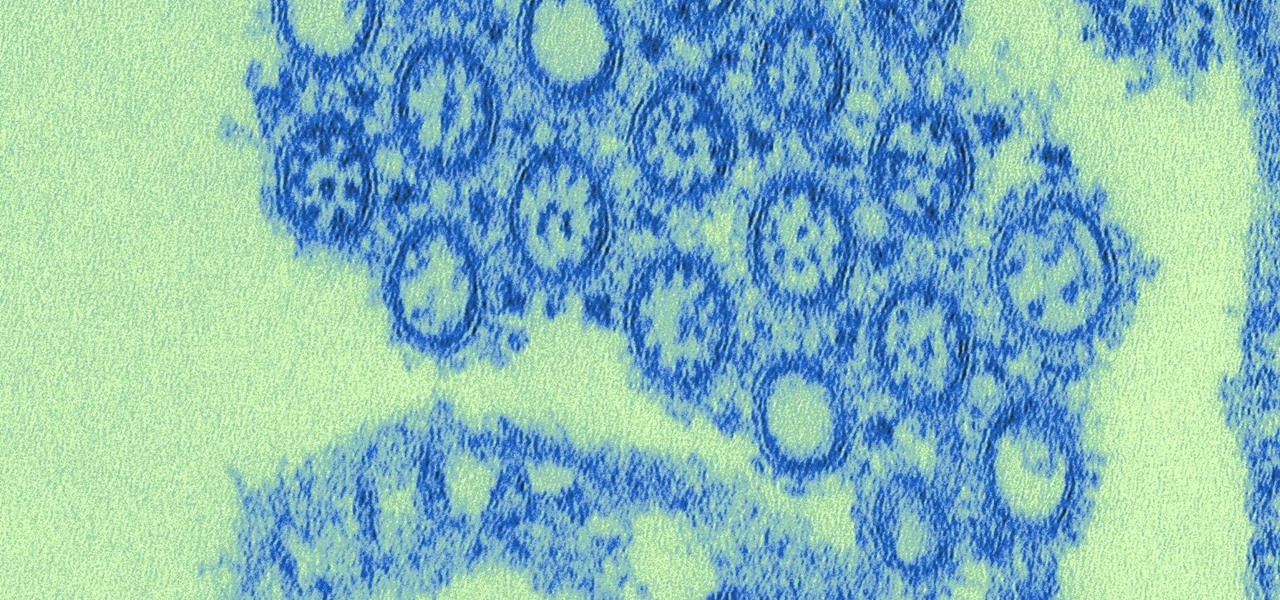
News: Swine Flu Linked to Parkinson's Like Brain Changes
Growing evidence suggests that neurodegenerative diseases like Parkinson's may develop in part due to environmental factors, including infections that can cause inflammation in the nervous system. New research from investigators from Jude Children's Research Hospital and Thomas Jefferson University has strengthened that connection.

News: Viral Infections Blur the Line Between Bacteria & Complex Life Like Plants & Animals
Using extreme time-lapse microscopy, scientists watched a virus take over a bacteria to create a cell that looked and functioned more like a plant or animal cell. True story.
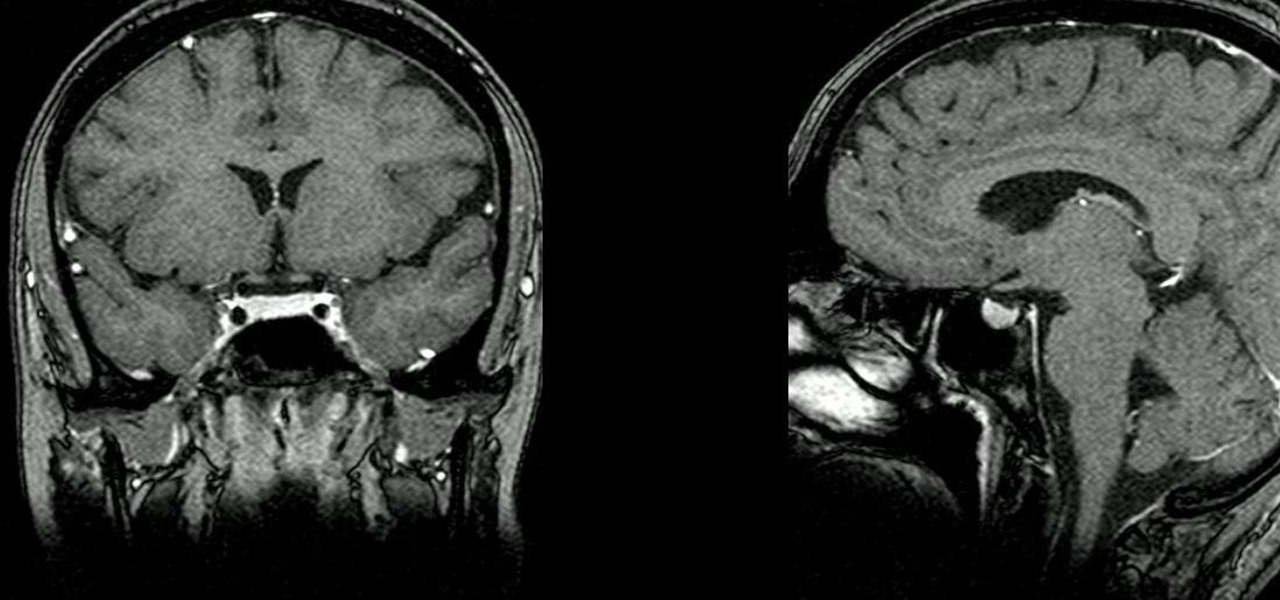
News: It's Not All in Your Mind — Gut Bacteria Could Be Influencing Your Emotions
The community of bacteria that lives in our gut has a lot to tell us. It can give clues to what we eat, the environment we live in, and diseases and disorders we may have. Now, scientists have linked these bacterial species to how we feel. A new research study found an association between women's gut bacteria and their emotions.

News: In Love? True Togetherness Means Sharing the Same Microbes
Love is the spice of life — it is also the microbes that couples share through sickness and in health, through the bathroom and in a hallway.
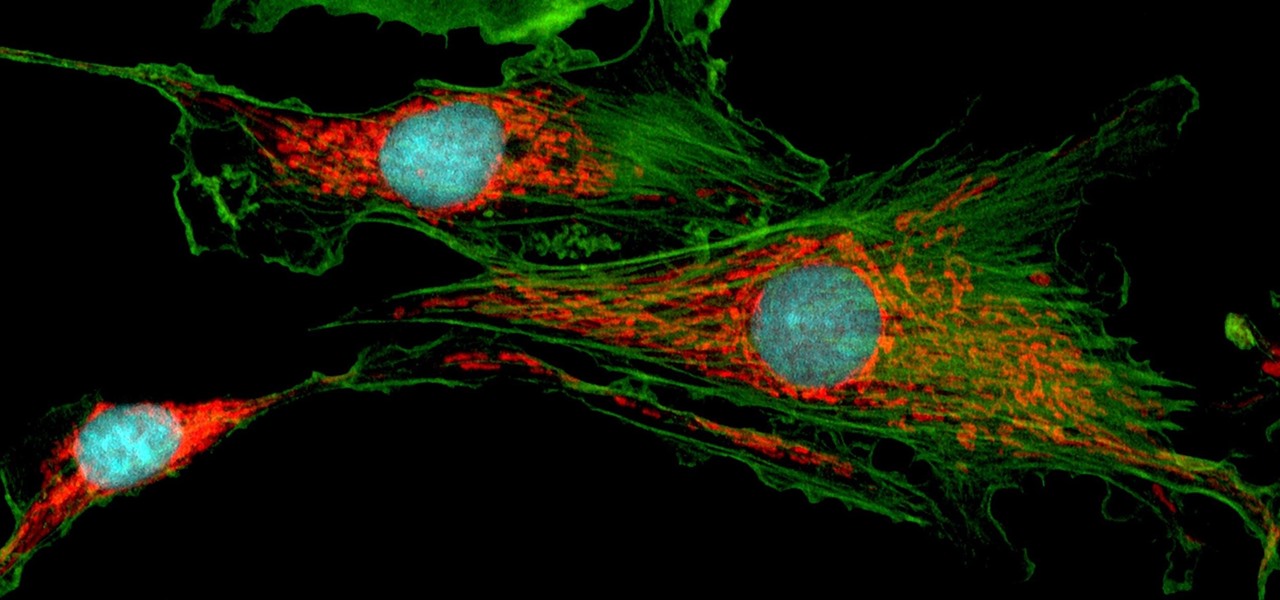
News: New Study Illuminates Role Our Cellular Powerhouses Play in Fighting Off Chlamydia Infections
Mitochondria are known as the powerhouses of our cells because they generate energy to power them. But they also play a key role in the death of cells when they're damaged, infected, stressed, no longer needed, or at the end of their life.
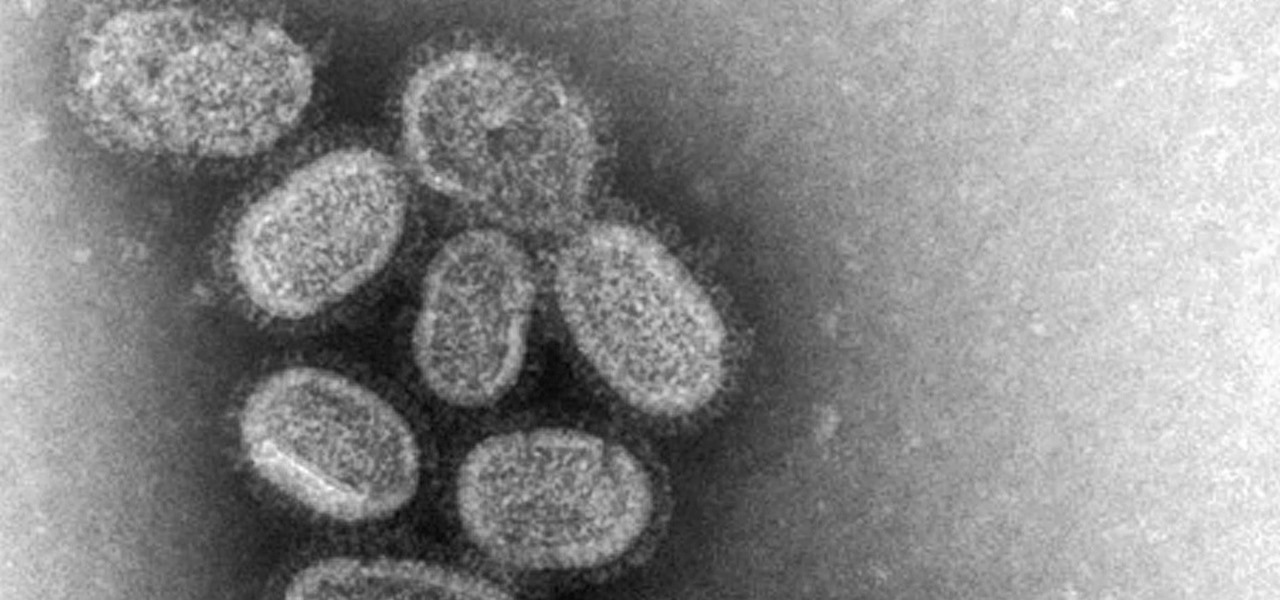
News: 3 Reasons to Be Worried About the Coming Flu Season
With the height of the flu season ahead, there are some good reasons to keep a flu vaccination in mind.
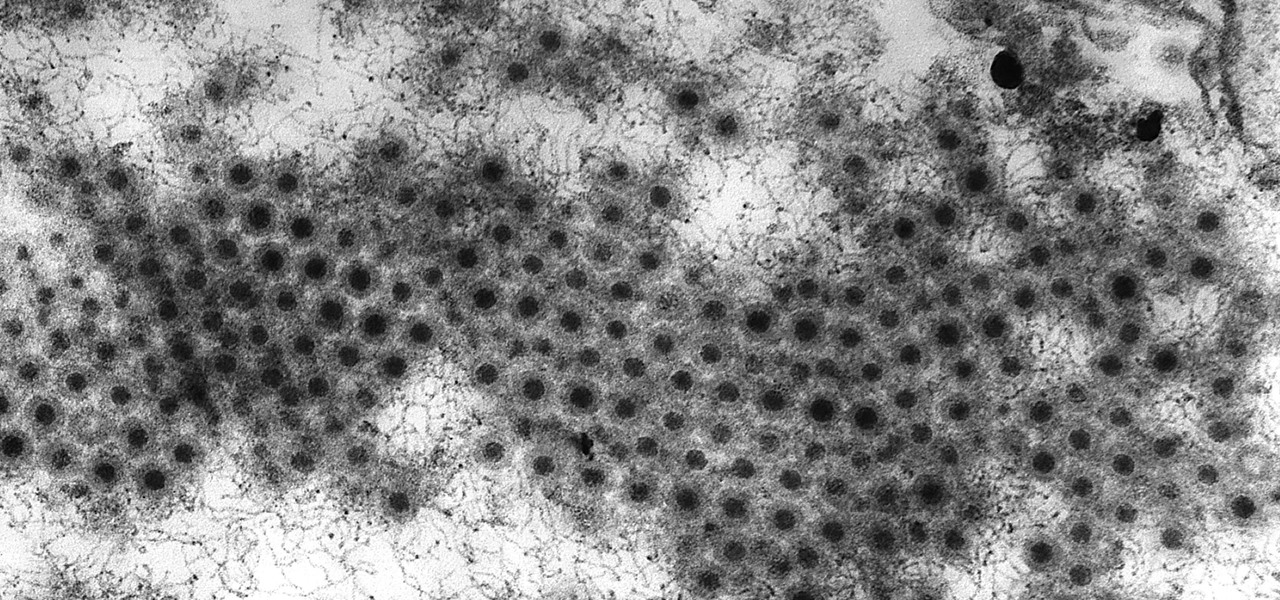
News: This Asymptomatic Virus Can Damage the Immune System & May Trigger Celiac
Viral infections have been the focus of attention in the development of autoimmune diseases—diseases where the body's immune system reacts to the body's own cells—because they trigger the immune system into action.

News: Termite Guts May Hold the Key to More Efficient Biofuels
Termite poop and biofuels — what's the connection? New research into termites' intestinal comings and goings describes a process that may speed the development and lower the cost of fuels made from plant matter.
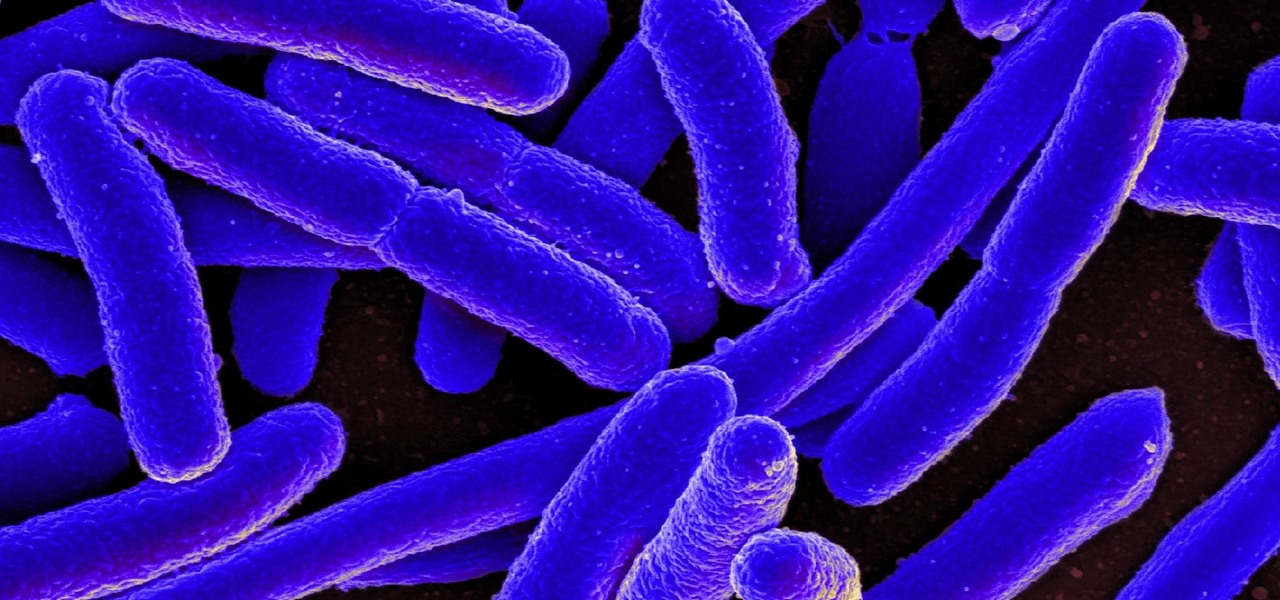
News: How Malnutrition & Gut Infections Feed Off Each Other
The number of households in the US that go hungry because they lack money for food hit a high of almost 15% in 2011. While that number continues to decline, nearly 13% of American households still go hungry.
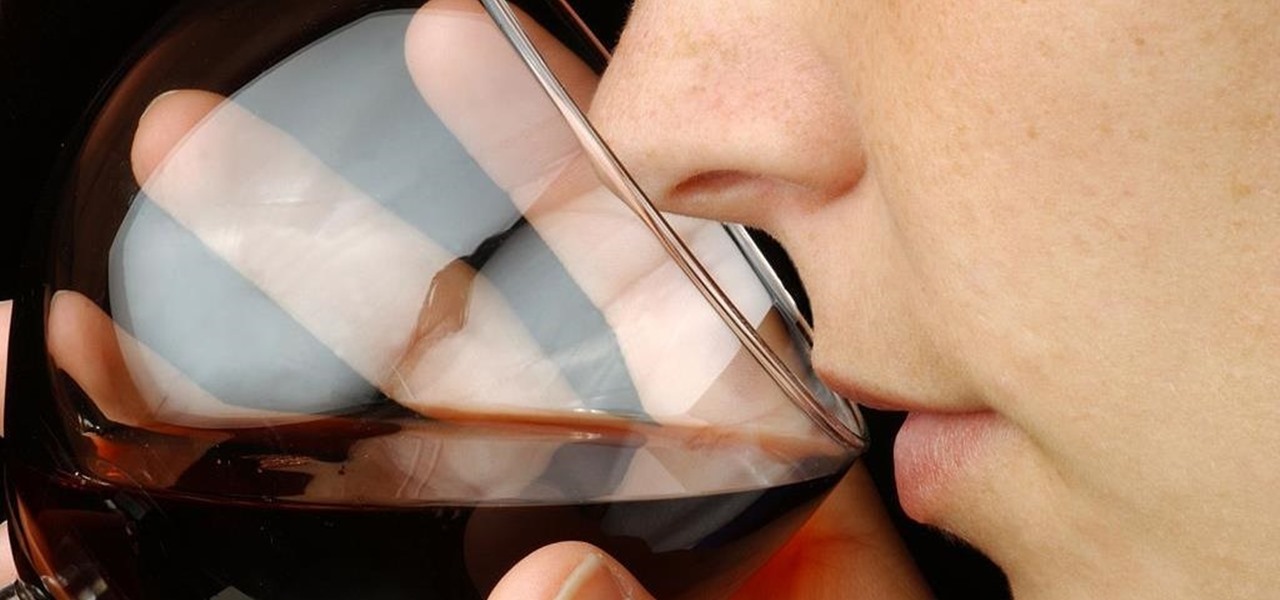
News: Wine Research Study Reveals How to Make Better Booze by Dosing Yeast with Nitrogen
Ah, wine. The bouquet fills your nose. The rich finish fills your mouth with soft flavors of oak and raspberries. The wine warms your belly and soothes your mind. Yeast and their biochemical factory help create this feast for your senses. Thanks to a research group from France, we now have a little more information on how that process works and a little more appreciation for yeast's contribution.
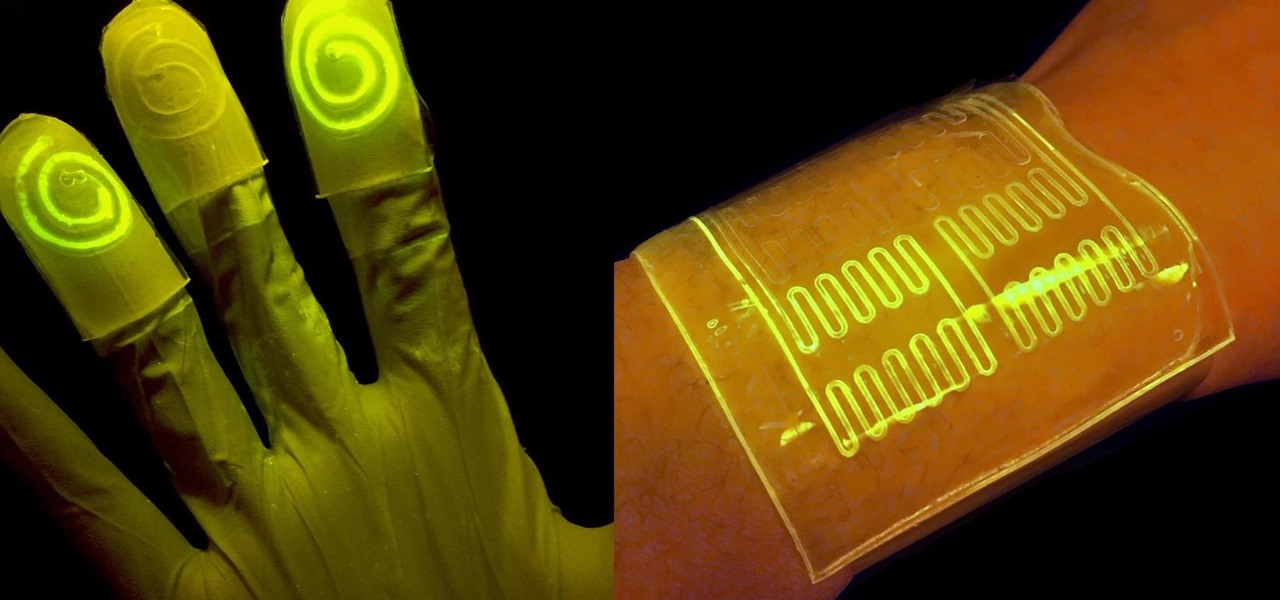
News: Living Bacteria in Clothing Could Detect When You Come in Contact with Pathogens or Dangerous Chemicals
While at work, you notice your gloves changing color, and you know immediately that you've come in contact with dangerous chemicals. Bandages on a patient signal the presence of unseen, drug-resistant microbes. These are ideas that might have once seemed futuristic but are becoming a reality as researchers move forward with technology to use living bacteria in cloth to detect pathogens, pollutants, and particulates that endanger our lives.

News: The Next Magic Bullet Antibiotic May Come from Roadkill
Our quest to find new antibiotics has taken a turn — a turn down the road, that is. A team of scientists from the University of Oklahoma is scooping up roadkill and searching for bacteria on them that might yield the world's next antibiotic.
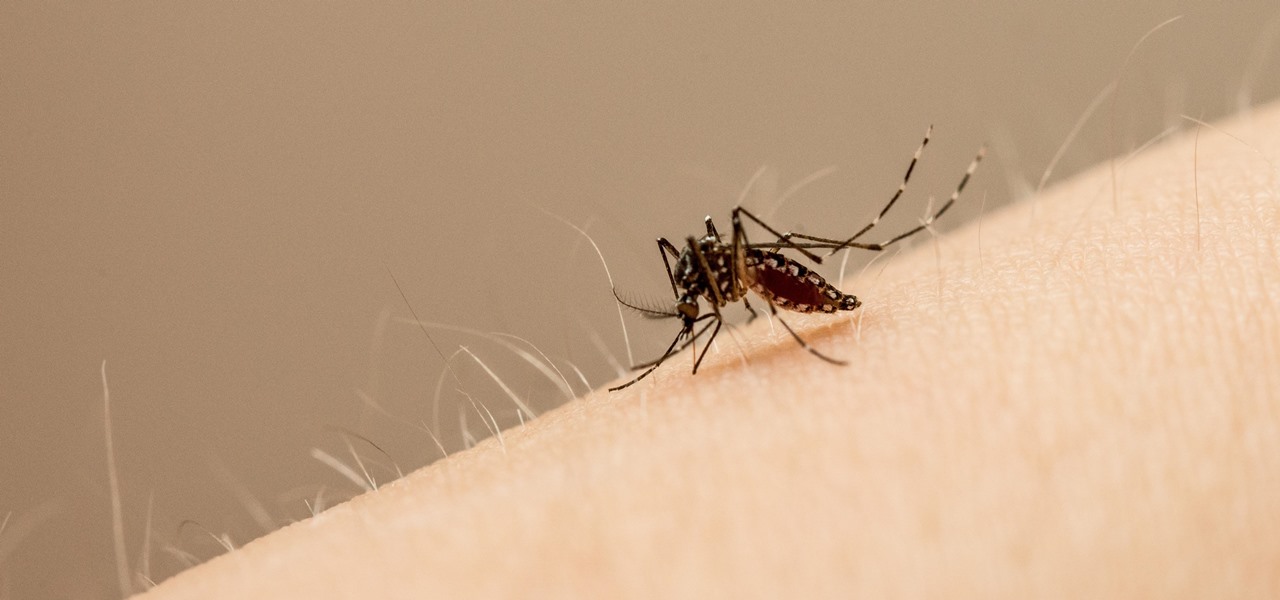
News: New Zika Test Could Speed Results & Boost Prevention at Dramatically Lower Cost
Colorado State University scientists have developed new tech that quickly identifies the presence of Zika virus in mosquito populations — and in human body fluid.
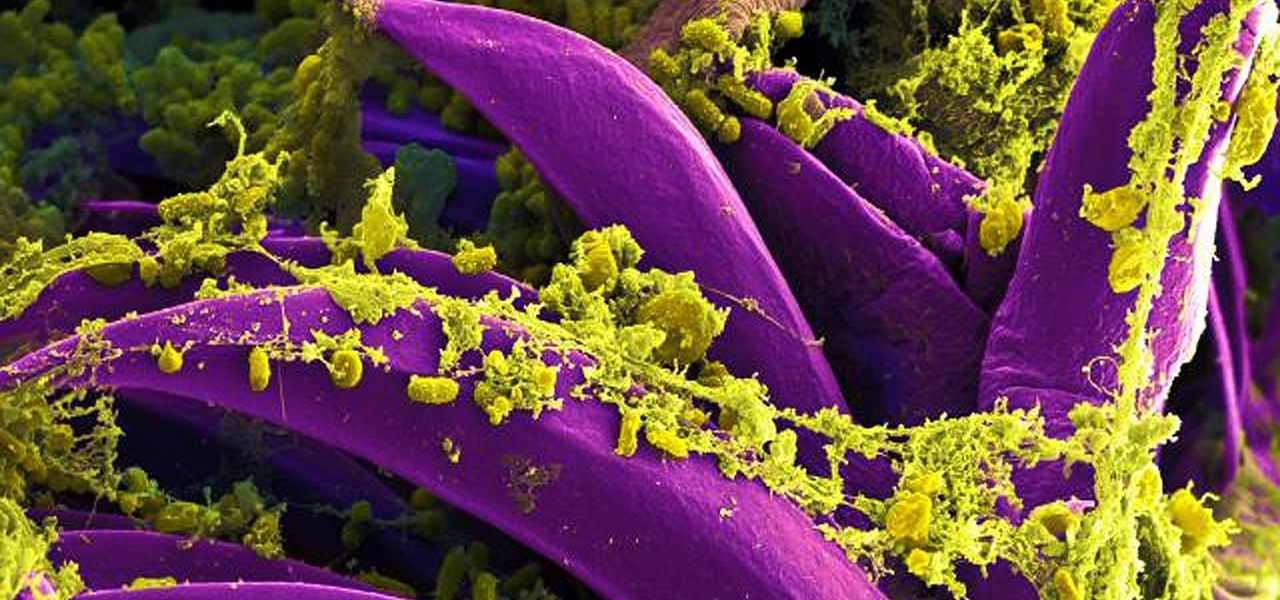
Double Shot: New Class of Antibiotics Could Treat Plague & Multi-Drug Resistant Superinfections
Antibiotics are one of our main weapons against infections. The problem is that many bacteria are becoming resistant to most of the antibiotics we use to treat them, and those 'superbugs' have created an urgent threat to our global health. A research group found a new way to hit a well known bacterial target and have developed a drug to hit it.

News: A Beach Infected with Fecal Coliform Can Ruin Your Vacation, but Seagrasses Can Save the Day
Seagrass may help your favorite beach stay a little less toxic. A new study, led by Joleah Lamb, a postdoctoral researcher in the Harvell Lab at Cornell University, found that coastal seagrasses reduce levels of pathogens dangerous to humans and marine organisms in near-shore waters.
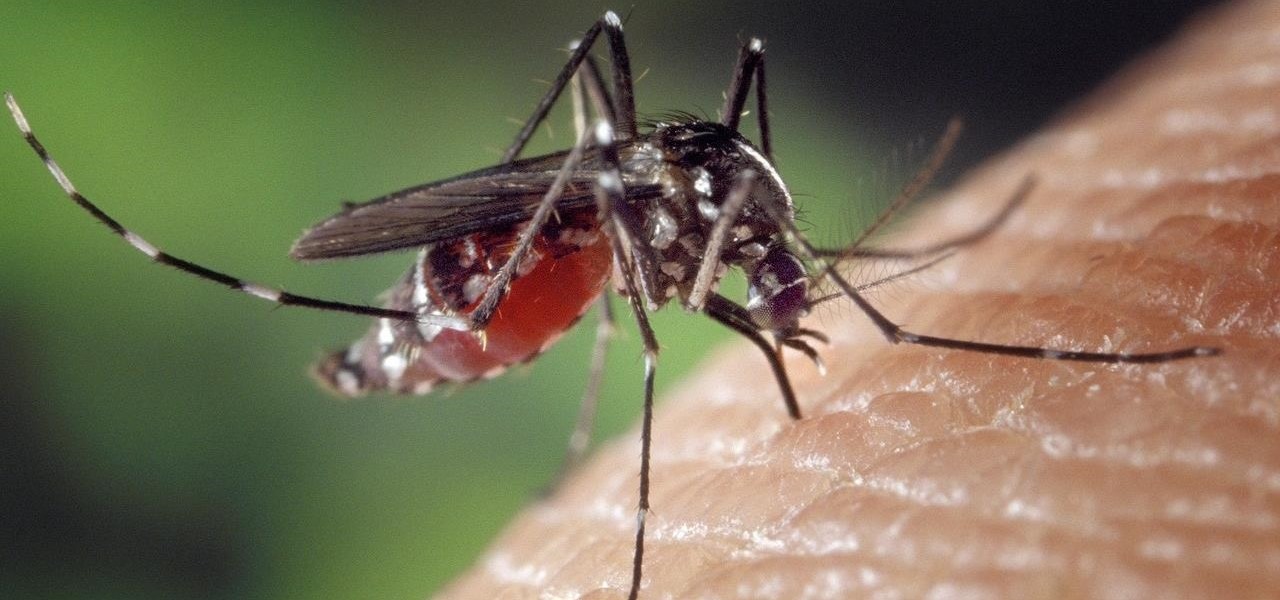
News: How El Niño—& Climate Change—Kill People with Virus Epidemics
Using mathematical modeling, researchers suggest weather and warming created the "perfect storm" that drove the Zika outbreak in 2016.

News: Your Pet's Bowl Is One of the Dirtiest Things in Your Home—Collecting Yeast, Mold & Bacteria
According to the National Safety Federation (NSF), pet bowls and toys carry coliform bacteria, including Staph bacteria, yeast, and mold. Additionally, an (unscientific) survey from Petco found that almost one-third of pet owners do not know the extent of contamination that their pet toys contain.

News: Cold, Dry Air Could Signal a Flu Outbreak a Week Before It Happens—Here's How to Protect Yourself
Most of us equate feeling cold with catching a virus—but we've also heard plenty of debunkers proselytizing that being cold isn't what gives you the flu.

News: The Next Big Antibiotic Could Come from the Gut of an Insect
No one can dispute the evolutionary success of bugs. The oldest insect fossils were found encased in crystallized mineral silica in Scotland in 1926, and they're between 396 and 407 million years old.

Deadlier When Hot: These Infections Are Likely to Get Worse as the Climate Changes
When the climate changes, so do all the things that rely on the climate, including people, plants, and pathogens. A European study recently took a broad look at what kind of microorganisms are most likely to be affected as climate change heats, cools, dries, and wets the world around us.
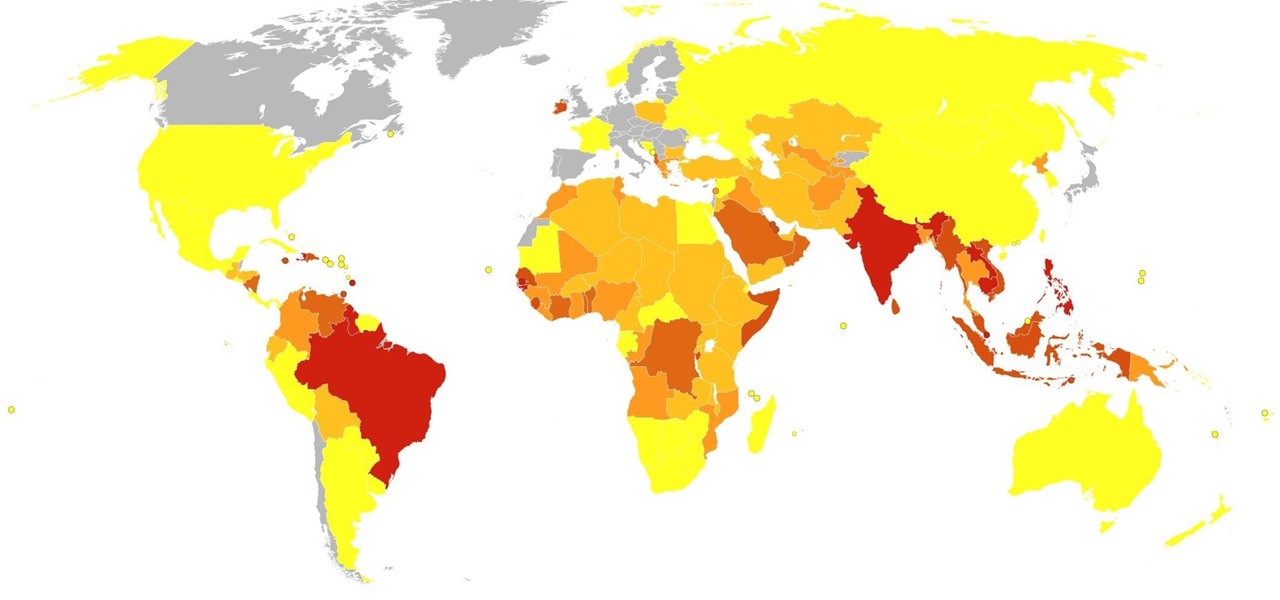
News: Blood Test Can Predict Severe Dengue Complications, Saving Kids' Lives
Dengue fever is a danger to anyone living or visiting tropical or subtropical regions. It can be hard to detect the infection in its earliest and most treatable phase, especially in children. Luckily, new research highlights better techniques for triaging the disease in infected children with more severe symptoms, potentially saving lives.
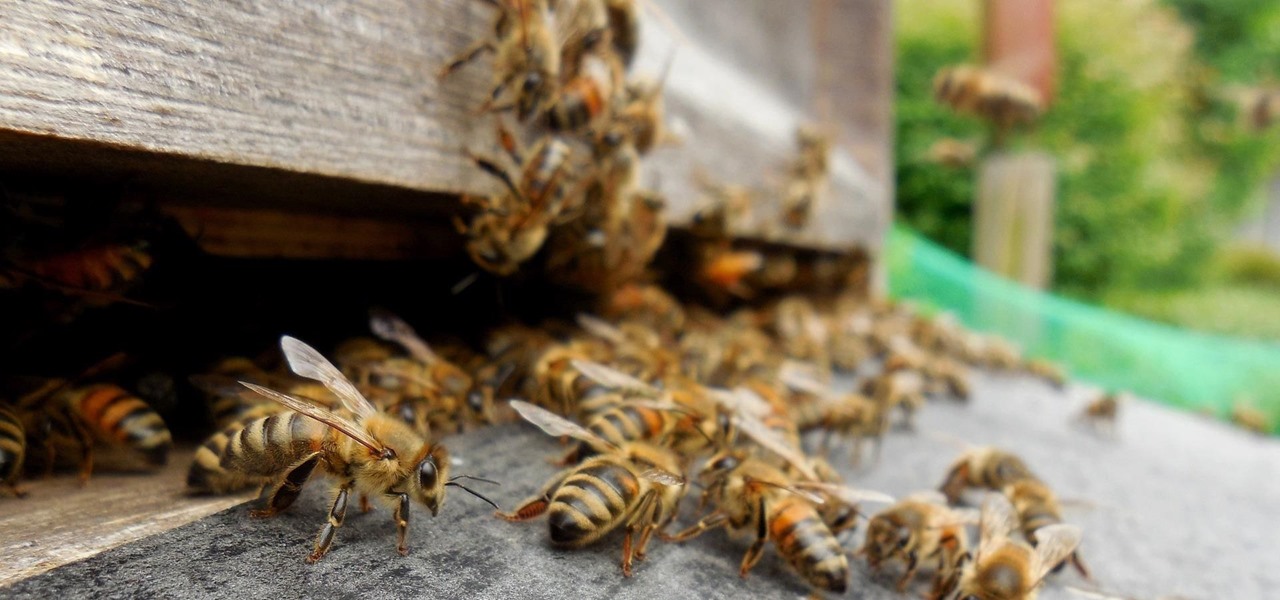
News: Antibiotics Could Be Contributing to Dramatic Drop in Bee Populations
Add antibiotics to the possible list of culprits responsible for honeybee decline around the world. While it may come as a surprise, antibiotics are commonly mixed into feed used by commercial beekeepers to maintain their hives. In a recent study published in PLOS Biology, researchers from the University of Texas at Austin found antibiotics used to treat honeybees may be a contributing factor in individual bee death and colony collapse.

News: Misery-Causing Norovirus Outbreaks Sicken Thousands Every Year—Here's How to Protect Yourself
Norovirus outbreaks occur all year long, but peak in the winter months, which means we are in the middle of norovirus season. But there's still time to protect yourself from the highly infectious bug.
